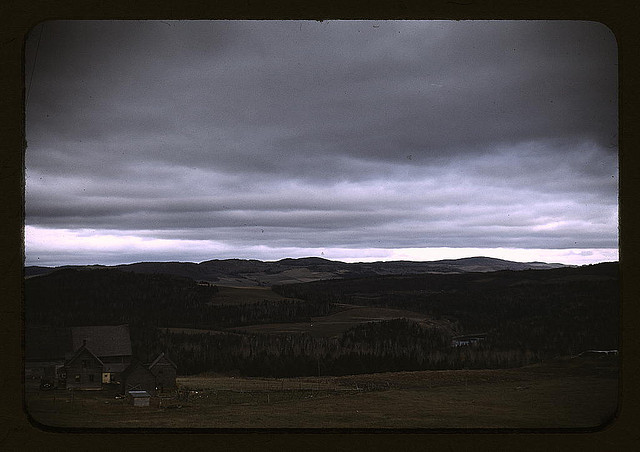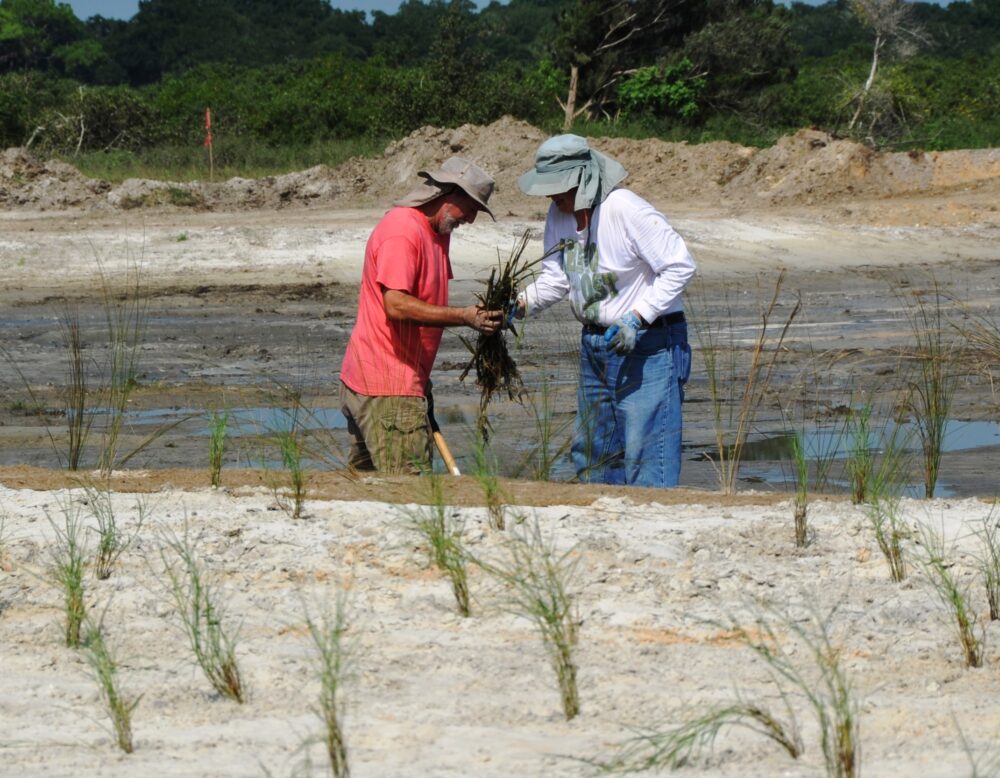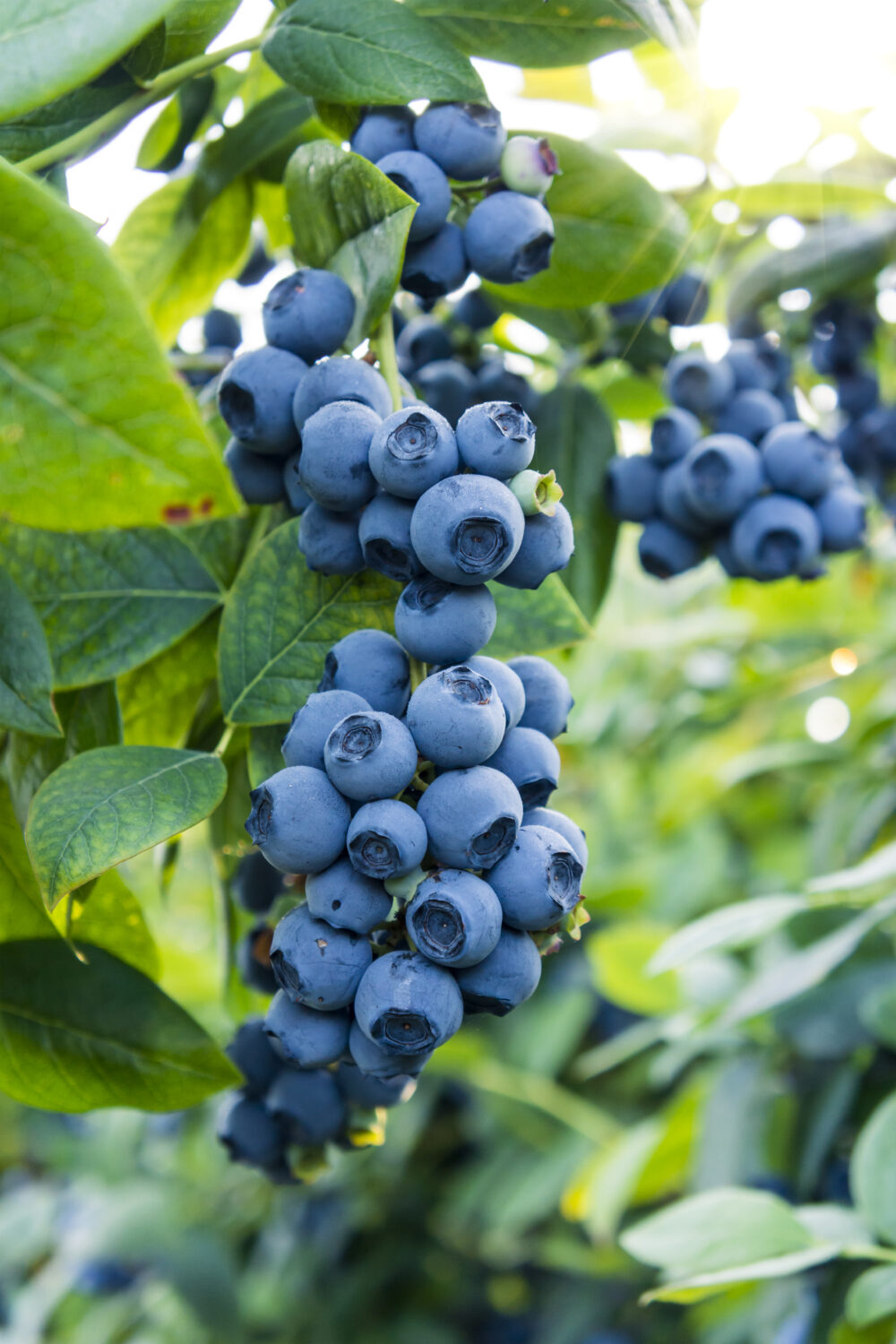We have much more to do and your continued support is needed now more than ever.
What Went Wrong with the Farm Bill?
After the Senate easily passed a Farm Bill earlier in June, many thought the House of Representatives had the votes in the bag to pass their own version. For 2 years, I’ve been working on farm bill policy, and I’ve got to say, I was looking forward to getting it done and moving on to other things. To tell the truth, I wasn’t even paying much attention to the final House vote, when various expletives from nearby cubicles preceded the surprising news—the final Farm Bill failed in the House of Representatives by a vote of 195-234.
In retrospect, it’s easy to see what went wrong, and maybe, the final result is not so surprising.

What does the Farm Bill failure mean for wildlife?
It’s not good news. The House bill was a bit of a stinker for conservation, especially when a critical amendment was withdrawn that would have required some minimum conservation practices in return for crop insurance premium subsidies. (Why was the Thompson-Fortenberry Crop Insurance Accountability amendment withdrawn? That’s an interesting tale, so stay tuned for part 2 of this blog, coming very soon.) However, if the bill had passed there would have been an opportunity to improve it in conference between the Senate and the House before the final legislation was approved.
The 2008 Farm Bill extension expires in September, so some sort of extension or legislation must pass before certain aspects of the farm bill revert to wacky permanent farm law from 1938. In the meantime, farm bill conservation will pay the price for Congress’s inaction. As long as conservation compliance is not connected to crop insurance, taxpayers are actually paying incentives for wetland drainage, conversion of native grassland, and risky farming practices that could lead to soil erosion and reduced water quality. Futhermore, with each passing year that Congress fails to pass a five-year bill, the available baseline of funding for conservation decreases and the picture will begin to look very bleak for wildlife.
Farm bill conservation programs benefit millions of acres of wildlife habitat. It is absolutely critical that a five-year farm bill is passed, and that it contains key provisions to protect land, water and wildlife.
So, what is the solution?






















